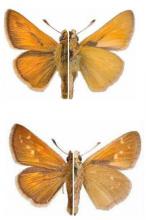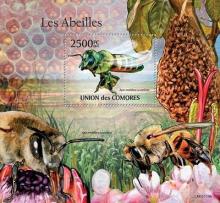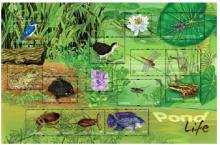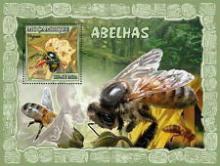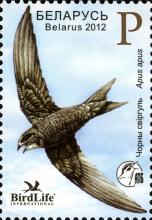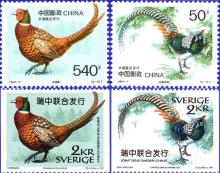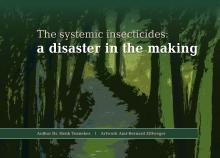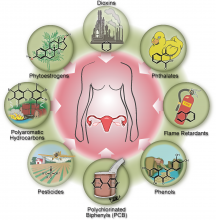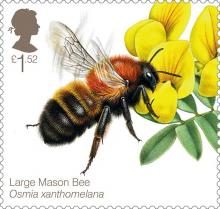The sharp decline of the Dakota Skipper may well be related to neonicotinoid insecticides
Once free to flit over millions of acres of unmolested prairie, the humble Dakota skipper's range has been drastically reduced over time. It was relatively easy in the 1970s for Robert Dana to find the Dakota skipper (Hesperia dacotae), a pollinator that clings to scattered remnants of native prairie that provide its habitat. "It wasn't difficult to find," he said.

